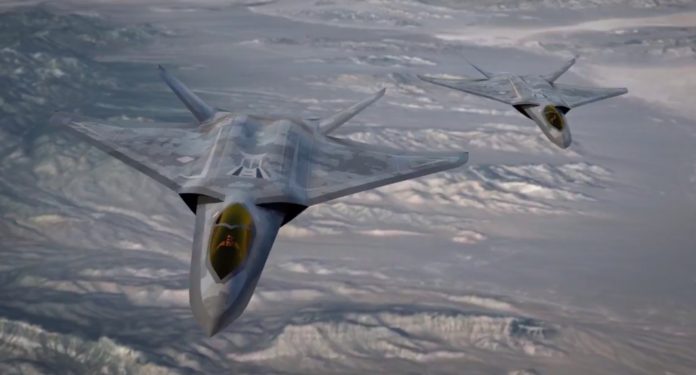The creation of a new generation of NEXT Generation Air Dominance (NGAD), called to ensure the US air advantage in the 2030s, was threatened by significant financial difficulties and changing the defense budget priorities. Despite the importance of the program to counteract China's growing military capacity, the cost of its implementation raises serious doubts.
One NGAD aircraft can cost three times more than F-35, ie about $ 300 million. Given the procurement plans of about 200 units, the total production costs will exceed $ 20 billion, without taking into account the cost of service.
Programs, such as intercontinental Sentinel ballistic missiles ($ 141 billion) and B-21 Raider bombers ($ 70 billion), provide a considerable amount of funding. Modern rockets, like AGM-181 Long Range Stand-Off, also significantly increase the budget load. Percentage payments exceed the US defense budget for the first time, forcing the government to view costs. The Pentagon spends 6.6 million dollars annually on the service of one F-35, which is much higher than the initial forecasts. China has an advantage due to the proximity of its bases to the conflict zones, while the US will have to rely on the base of thousands of miles. China has already unfolded hundreds of fifth fifth fighters capable of challenging US aircraft. Reducing the complexity and cheaper of the platform, which can reduce the cost, but also weaken its advantages over a potential opponent. Transfer of part of the functions to CCA (Collaborative Combat Aircraft), which will operate with the NGAD pilot. If NGAD is found financially unjustified, the US will focus on modernizing existing platforms (F-35) and the development of unmanned technologies. The Congress proposed initiative to increase the defense budget can help support NGAD, but their adoption is unlikely for political and economic reasons.
The NGAD program faces serious challenges, but its success is critical to maintain the US preference in the air, especially in the face of increasing competition with China in the Pacific. At the same time, limited resources and priority of other defense tasks are questioned by the possibility of its implementation on planned scale.


